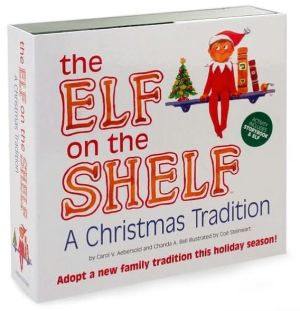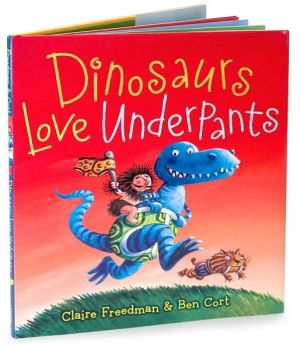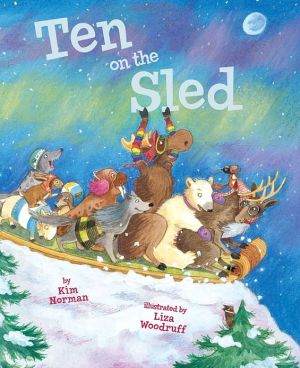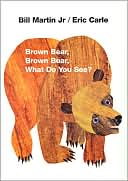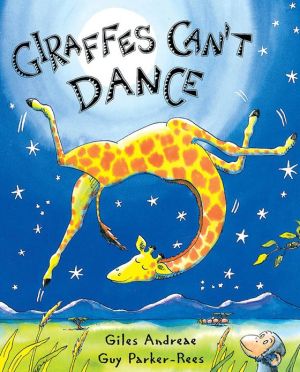In the Leaves
A striking book that introduces children to written Chinese characters\ On a beautiful autumn day, Xiao Ming and his friends take a trip to a farm. Xiao Ming can’t wait to show everyone the new Chinese characters he has learned, and his friends are just as excited to see them.\ Children will be delighted to follow along as Xiao Ming explains how to read ten Chinese characters, and they’ll be pleased as they begin to discover the beauty—and logic—of one of the oldest picture languages in the...
Search in google:
A striking book that introduces children to written Chinese charactersOn a beautiful autumn day, Xiao Ming and his friends take a trip to a farm. Xiao Ming can’t wait to show everyone the new Chinese characters he has learned, and his friends are just as excited to see them. Children will be delighted to follow along as Xiao Ming explains how to read ten Chinese characters, and they’ll be pleased as they begin to discover the beauty—and logic—of one of the oldest picture languages in the world.Ken Marantz and Sylvia Marantz - Children's LiteratureAs she has done in her three previous books, Lee uses a simple story to introduce written Chinese characters. Here she sets her tale in the fall, so she has now covered all four seasons in her books. Young Xiao Ming is going to visit a farm with his mother and some friends. As they observe the harvesting of grain, the vegetables in the fields, the pigs, he shows how the Chinese characters relate and interrelate to the words they represent. Then it is time for lunch and his favorite food, rice. Lee uses cut-paper collage to create very attractive and thoughtfully-designed double-page scenes. She exploits the various patterns and textures of rice papers for backgrounds and other papers for the people and other objects. The simplified farm scenes are invested with the youthful vitality of the youngsters. Lee demonstrates how the calligraphy symbols take their shapes from the natural objects in effective and esthetically pleasing ways. There is a pronunciation guide as well. 2005, Henry Holt and Company, Ages 5 to 8.
\ Children's LiteratureAs she has done in her three previous books, Lee uses a simple story to introduce written Chinese characters. Here she sets her tale in the fall, so she has now covered all four seasons in her books. Young Xiao Ming is going to visit a farm with his mother and some friends. As they observe the harvesting of grain, the vegetables in the fields, the pigs, he shows how the Chinese characters relate and interrelate to the words they represent. Then it is time for lunch and his favorite food, rice. Lee uses cut-paper collage to create very attractive and thoughtfully-designed double-page scenes. She exploits the various patterns and textures of rice papers for backgrounds and other papers for the people and other objects. The simplified farm scenes are invested with the youthful vitality of the youngsters. Lee demonstrates how the calligraphy symbols take their shapes from the natural objects in effective and esthetically pleasing ways. There is a pronunciation guide as well. 2005, Henry Holt and Company, Ages 5 to 8. \ —Ken Marantz and Sylvia Marantz\ \ \ \ \ School Library JournalPreS-Gr 4-On a dazzling autumn day, Xiao Ming's mother takes him and his friends to visit a farm. There, the child shows his friends the beauty and fun of writing Chinese characters by drawing them in the dirt for the things they see. The story unfolds while gracefully showing the relationships between actual objects and the characters used to represent them. As Xiao Ming draws the symbol for grain next to the one for mouth, he tells his friends that it creates the word for harmony. "I am always happy to have lots to eat, just like I'm happy to have lots of good friends to eat with." The splendid cut-paper collages portray the action while illustrating the origin and history of the characters described. As Xiao Ming explains fire, depicted by two sticks together, the illustrations show farmers in the field building a fire. Together the art and text create a picture of Chinese writing that is easy to understand and leaves readers eager to create their own characters.-Rebecca Sheridan, Easttown Library & Information Center, Berwyn, PA Copyright 2005 Reed Business Information.\ \ \ Kirkus ReviewsLee finishes the seasonal round begun with At the beach (1994) by taking a group of children to a farm in autumn, giving young Xiao Ming a chance to introduce the Chinese characters for "grain," "fire" and eight other nouns to his friends (and readers). The plot is never more than a pretext, but Lee's neat cut-paper collages, done with a mix of patterned and textured materials in warm browns and golds, capture that autumnal look and provide subtle, effective visual mnemonics for each letterform. As in previous outings, tables of the characters, English equivalents and approximate pronunciations sandwich this pleasant, painless peek at another language and orthography. (Picture book. 6-8)\ \
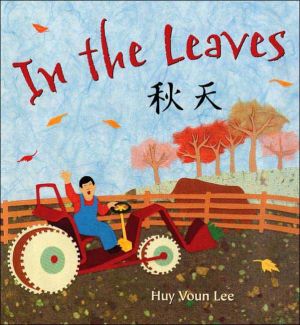
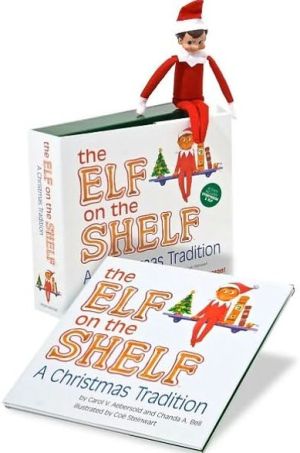
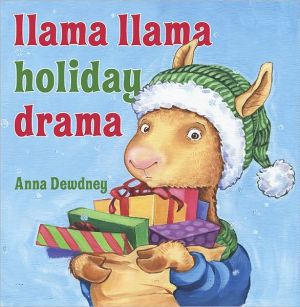
![Tickle Monster Laughter Kit [With Tickle Mitts] Tickle Monster Laughter Kit [With Tickle Mitts]](/application/data/covers/98/35/9781932319835.jpg)
